The beautiful town of Castellammare di Stabia overlooking the part of the Gulf of Naples on the border between the Vesuvian countries and the Sorrento Peninsula is the birthplace of truly unique products. Let's talk about the fantastic Castellammare Biscuits.
This Campanian delicacy, born in the mid-19th century immediately won a place of honor among the desserts of the wonderful and mouth-watering food and wine tradition of Campania.
Once upon a time, Castellammare cookies could be purchased from street vendors who roamed the city streets or scorching beaches nonstop, especially during sunny summer days. They are part of the story of the people of Campania and the scent of the cookie factories that still intoxicate the city streets with their sweetness, belong to a heritage to be jealously guarded and at the same time to be discovered and enjoyed.
What are the Castellammare Cookies.
Castellammare cookies are sweet baked goods, typical of the Castellammare di Stabia area. However, there are two variants, both born in the same year and from the art of the same fathers: the cookies of Castellammare traditional, elongated and simple shapes that resemble cigars and the taralli glazed Castellammare, precisely glazed doughnuts that are identified by the same name. Both fragrant and delicious, they are made using wholesome basic ingredients such as flour, butter, sugar, natural yeast (criscito), vanilla and water.
However, what makes these cookies spectacular and unique is perhaps an ingredient found only in Castellammare di Stabia: the so-called water of Our Lady.
Our Lady's Water
Not everyone knows that Castellammare di Stabia has been known since ancient times for the richness of its water. Its thermal and mineral waters were prized by the Romans who made the place, a destination for idleness and well-being.
According to Stabia tradition, there is an unbreakable link between Castellammare cookies and the peculiar "water of Our Lady."
This'water clear and naturally effervescent, gushes from a spring located in the middle of the historic center of Castellammare.
Like the other excellent Stabies waters, it is indicated for the treatment of various ailments and is highly valued for its diuretic and purifying properties.
There are many cookie factories that produce these typical local products. However, to recognize the real Castellammare cookie one must do the water test, that is, soaking it should never crumble.
The tradition of Castellammare cookies between history and legend
The long history of Castellammare Biscuits began in 1848 by the owners of an old Stabia cookie factory. It was brothers Giovanni and Francesco Ricciardi, in fact, who came up with the recipe for the cookies.
The tradition was handed down from father to son and attracted people from nearby Naples and the province. Castellammare cookies gained such fame that others sought to appropriate the traditional recipe.
According to what appears to be a legend local, in 1941 Francis' daughter Donna Concetta was insistently asked to sell the recipe.
She, who was apparently the sole heir to the family tradition, refused and was even poisoned for it.
Donna Concetta, however, had passed on her knowledge to her grandson Mariano who, despite the tragic event, was able to continue the tradition.
Curiosity about Castellammare di Stabia Biscuits
Today, Castellammare cookies are also produced and sold according to the ancient recipe on an industrial level.
The wrapping of these cookies, said today. packaging, also has a long tradition. In fact, it was the same one that the neighboring Gragnano pasta makers also used. The first wrapper, the oldest one, had a tubular shape, designed to be as convenient as possible especially for traveling. After all, in the 1800s the most common profession was that of sailor. The wrapper was therefore constructed according to these precise guidelines, by the skilled hands of artisans.
As society and their respective needs have evolved, the packaging with which cookies are marketed has taken other and various forms but all marked by the colors symbol of blue and from yellow. Note that the banner of Castellammare possesses the same colors, which thus contribute to the strong symbolic charge of the product.
In Erri De Luca's novel Montedidio, published in 1989, these cookies are mentioned as a childhood memory of the writer himself.
Castellammare taralli are also called anginetti, perhaps to emphasize the historical era in which they were invented, which corresponds to the period of the Angevins.
Homemade Castellammare cookies
While it is almost completely impossible to bake Castellammare cookies to perfection within the walls of the home, we offer below two recipes to achieve a good result.
Recipe for Castellammare cigars.
With the proposed doses for this the "home made" recipe for traditional Castellammare cookies, you get about two pans of cookies.
The ingredients to be used are:
- 500 g of 00 flour
- 250 g sugar
- 200 g butter
- 170 ml Madonna water (or slightly sparkling water)
- 12 g of brewer's yeast
- vanillin
The process can be performed either in a bowl or directly on the table.
Mix flour and sugar and add room temperature butter, chopped into small pieces, and sugar to the center. Then dissolve the yeast with your fingers, pouring in the warm water a little at a time. Gradually gather the mixture as well and knead it until you get a smooth dough ball.
Spread some flour on the table or in a bowl and lay the dough. Cover with a tea towel and let rest for a couple of hours.
After the resting time has elapsed, take the dough again and divide it into parts of about 50 to 60 g each. Shape the parts into the shape of cigars and place them well apart on a baking sheet lined with parchment paper.
Cover with tea towel and let stand for another hour. Heat the oven to 170° and bake the cookies for about 20 minutes.
Once baked and cooled, all that remains is to enjoy the cookies by dunking them in the Stabia tradition, in the water of Our Lady. Alternatively, they will also be excellent with vin santo, rum or your favorite liqueur.
Recipe for sweet taralli from Castellammare
To prepare Castellammare's glazed taralli, also known as anginetti, you will need these ingredients:
- 250 g of 00 flour
- 300 g of sugar
- lemon peel
- 3 whole eggs
- 20 g cooking alcohol, 92°
- a cup of oil
- a pinch of salt
- 80 g of Our Lady's water (or slightly sparkling water)
- two pinches of baking soda
With these doses you will get about 30 cookies.
To prepare the angles, you can proceed by using a bowl or forming the dough directly on the pastry board.
First place the flour and 80 g of sugar in a well. Then make a space in the center, place the eggs and grate the lemon peel.
Start mixing the ingredients with your fingertips and add the acol a little at a time, picking up the powders as you go.
You will get a loaf that you will then have to knead with a rolling pin, rolling out the dough and folding it, for about 20 minutes. From time to time grease the pastry board with vegetable oil and at the end of the kneading also the surface of the loaf. Let it rest for about 30 minutes.
Once the dough has rested, it will be ready to be picked up. Roll out the dough with your fingers until you get strings about an inch thick. Cut them out and form them into doughnuts, which you will then need to lay on a baking sheet with parchment paper.
Bake at 170° for about 20 minutes.
Meanwhile, let's move on to preparing the frosting.
In a small saucepan, pour the sugar, baking soda and water. Cook while stirring continuously over medium heat until boiling. Once cooked, coat the angles with the glaze and arrange them to cool on a baking sheet.
As with the cigar-shaped Castellammare cookies, the sweet taralli of Castellammare should be soaked in the water of Our Lady in order to enjoy them as tradition dictates. Alternatively, they can be accompanied with any other liqueur you most prefer.

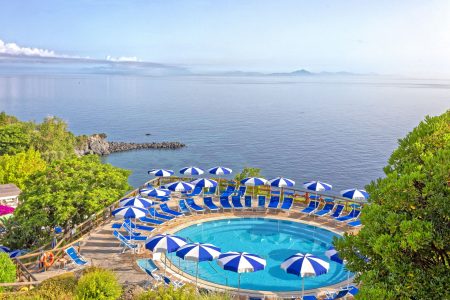
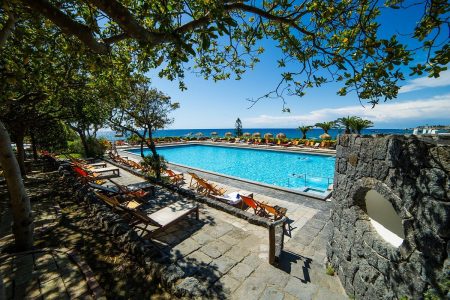
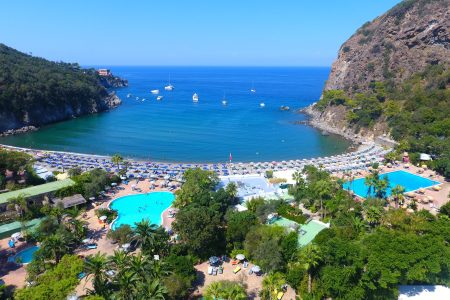
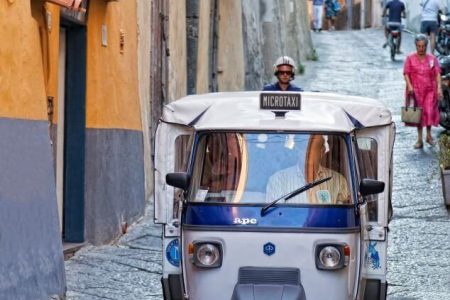
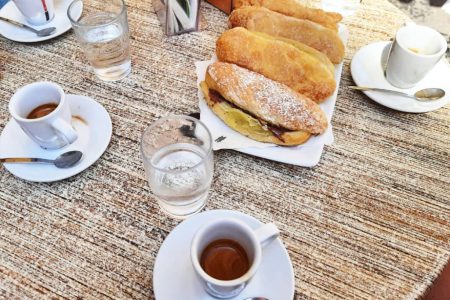
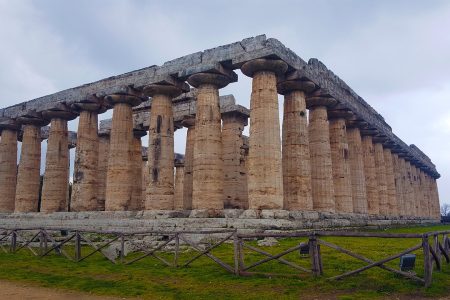
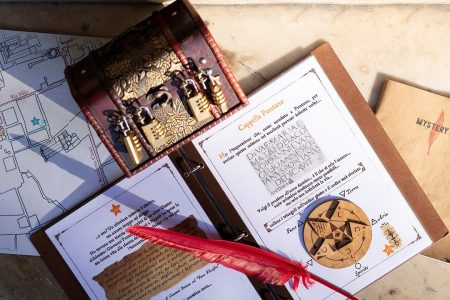
0 Comments